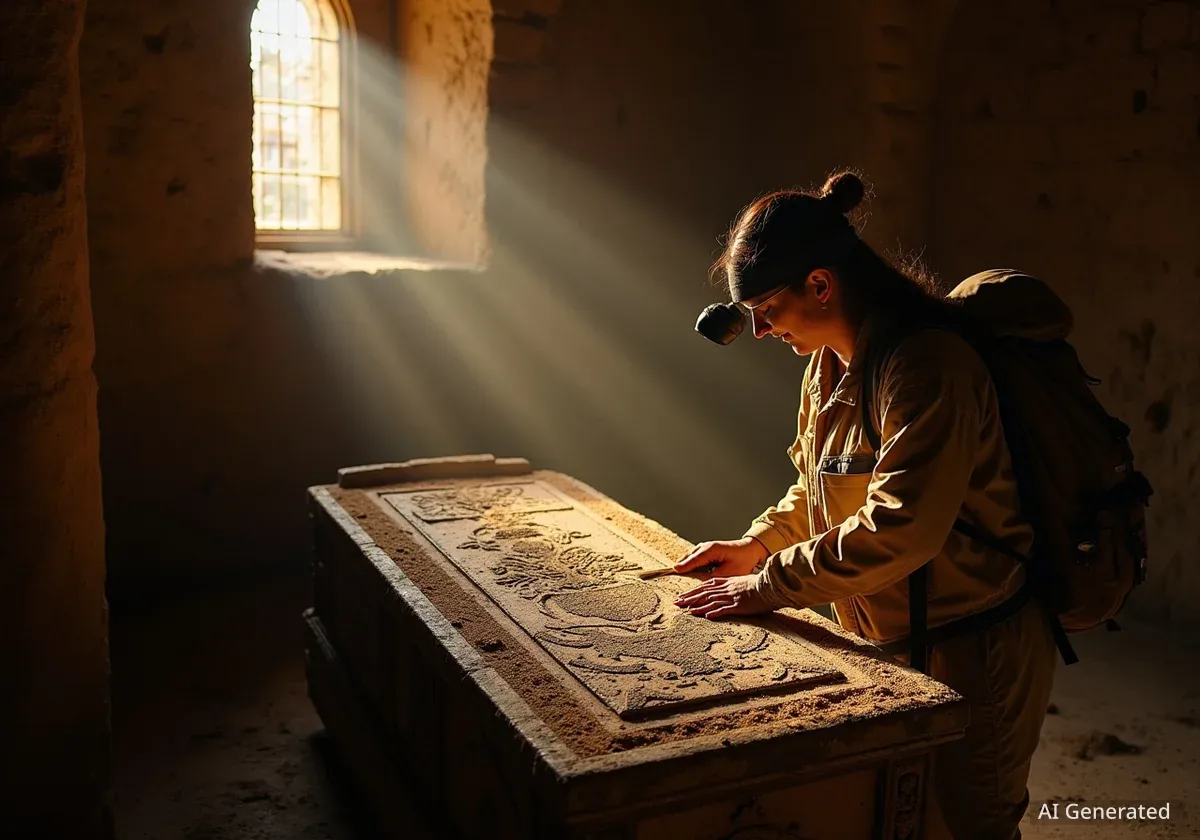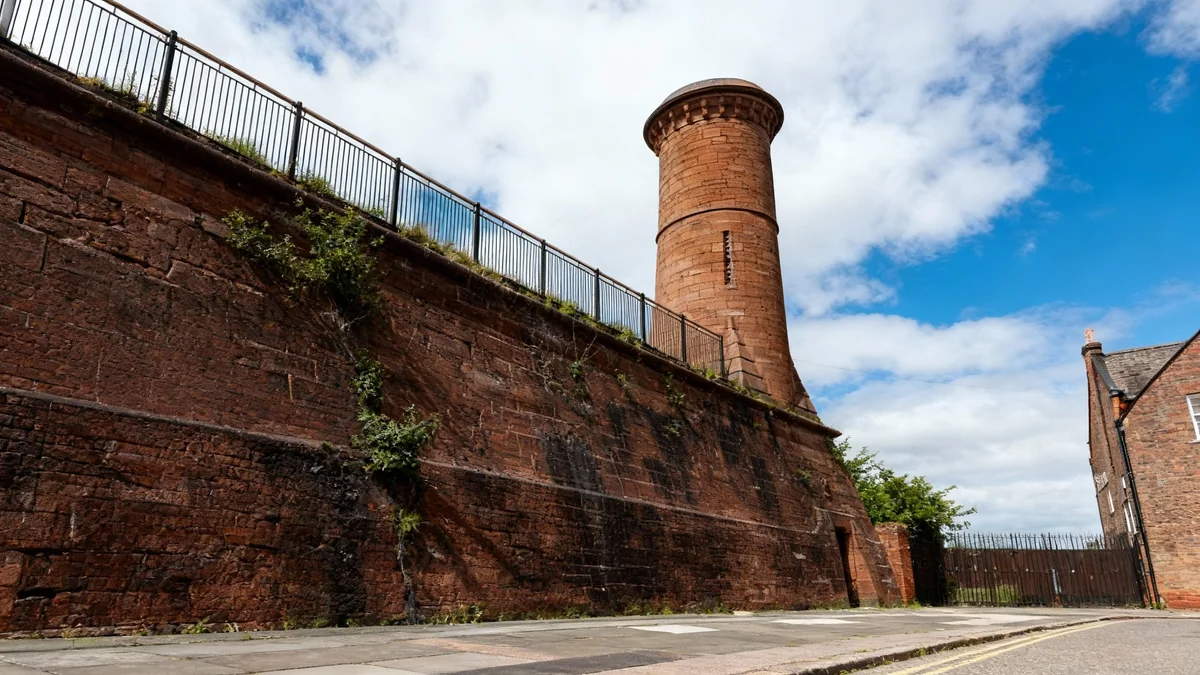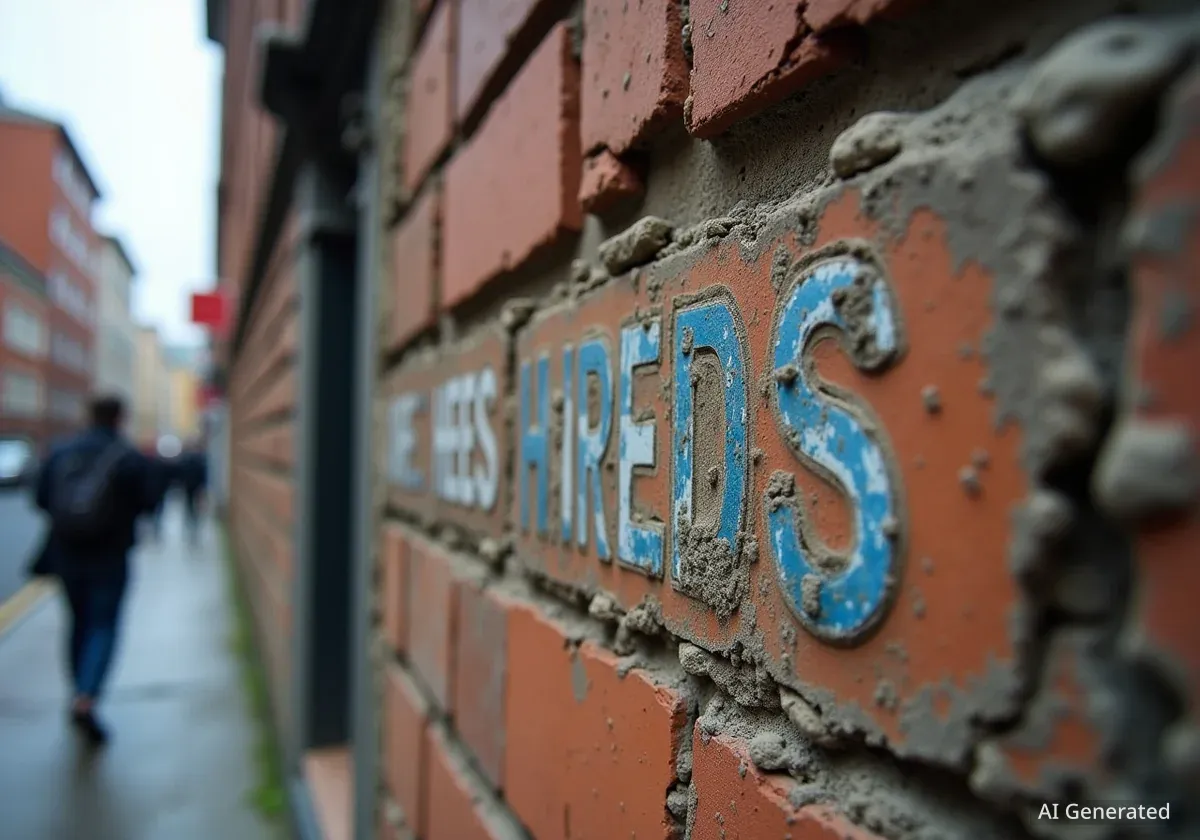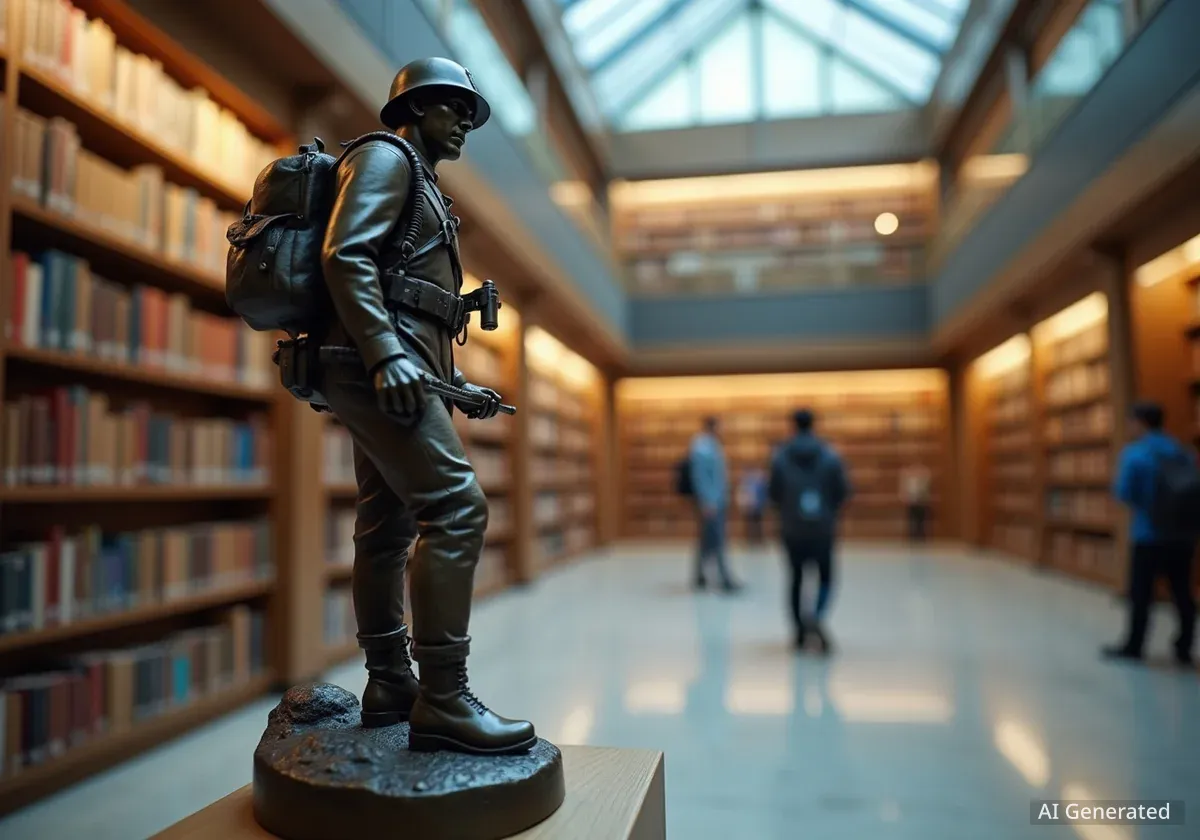A routine renovation project at a historic Knowsley church has led to a breathtaking archaeological discovery, unearthing a long-forgotten crypt holding the remains of some of Britain's most influential figures, including a three-time Prime Minister. What began as a simple floor leveling job has peeled back a layer of history, revealing a hidden world sealed beneath the feet of parishioners for generations.
Liverpool-based Frank Rogers Building Contractors were tasked with improving accessibility at St Mary's Church in Knowsley Village. But when workers lifted the old floor, they stumbled upon a sealed hatch that led not to foundations, but to a flight of stone stairs descending into darkness—and into the final resting place of the powerful Derby family.
Key Takeaways
- A sealed, forgotten crypt belonging to the influential Stanley family, the Earls of Derby, was rediscovered beneath St Mary's Church in Knowsley.
- The vault is the final resting place of prominent historical figures, including Edward Geoffrey Smith-Stanley, the 14th Earl of Derby and a three-time British Prime Minister.
- The stunning discovery was made entirely by accident by contractors during accessibility improvements, shocking even the current parish staff who were unaware of its exact location.
- The crypt has now undergone a sensitive and meticulous restoration to preserve its architectural integrity and historical significance for future generations.
An Accidental Discovery Rewrites History
The team from Frank Rogers Building Contractors arrived at St Mary's with a straightforward brief: renew the nave floor and make the 19th-century church more accessible. The project involved removing raised timber plinths where the pews once sat to create a new, level surface.
As workers dug down, they hit unexpected sandstone flags. Curiosity piqued, they carefully lifted the heavy stones, revealing a hidden secret. "Once we kind of removed the existing timber plinth that was there and dug down a little bit, we found some sandstone flags," explained Lewis Culshaw, the 27-year-old contract manager for the firm.
The surprise escalated dramatically. "I was removing a couple of those first immediate sandstone flags and we found a set of stairs that looked to be going quite far down," Culshaw recounted. The crew carefully moved more stones, clearing the way to descend into a space that hadn't seen daylight in decades, possibly even a century.
"We went down and found this amazing crypt with big vaulted ceilings and all the architecture that was down there," Culshaw said, describing the team's initial reaction. "It was shock, amazement, that we had just discovered something that hasn't been seen for a long period of time."
Inside the Derby Family Mausoleum
The subterranean chamber was confirmed to be the official Derby family crypt, a mausoleum for one of Britain's most storied aristocratic dynasties. The air of forgotten history was palpable; current church staff had a vague understanding that a crypt existed but were completely unaware of its location or condition.
St Mary's Church: A Derby Legacy
St Mary's Church itself is a monument to the family's influence. First opened to the public in 1893, it was originally designed for the 13th Earl of Derby at a significant cost of £20,000. Its Early-English style architecture and ornate interior, including a monument to the 14th Earl, have always pointed to its deep connection with the Stanley family.
The discovery provided a direct, physical link to pivotal moments in British history. The craftsmanship and architectural detail left the modern construction team in awe. "There's so much character down there and so many amazing features that in today's society and in today's construction industry - you're blown away by some of the details of craftsmanship," Culshaw added. "It's just an honour to work down there and to be a part of the history."
A Who's Who of British History
The crypt serves as the final resting place for several key members of the Stanley family, whose influence extended from politics to sport—the famous Stanley Cup in ice hockey is named after Frederick Stanley, the 16th Earl.
Among those interred in the newly rediscovered vault are:
- Edward Geoffrey Smith-Stanley, 14th Earl of Derby (1799–1869): A towering figure in Victorian politics, he served as Prime Minister on three separate occasions and remains the longest-serving leader of the Conservative Party.
- Edward Henry Stanley, 15th Earl of Derby (1826–1893): He followed his father into high office, serving as Foreign Secretary and as Britain’s first Secretary of State for India.
- Emma Caroline Stanley (1805–1876): Countess Dowager of Derby and wife of the 14th Earl.
- Mary Catherine Stanley (1824–1900): Wife of the 15th Earl.
- Constance Stanley (1840–1922): Wife of the 16th Earl.
- Sir Arthur Stanley (1869–1947): A senior public figure and leader of the Red Cross.
A Landmark Heritage Restoration
The unexpected find immediately transformed the project from a simple renovation into a delicate heritage restoration. Commissioned by the parish and funded by the current Earl of Derby, the work shifted to focus on preserving this incredible piece of local and national history.
The restoration project involved stabilizing the vault's structure, installing a new safe access hatch with handrails, and adding subtle heritage lighting to illuminate the impressive architecture without causing damage. The external entrance was also resealed and cleaned to protect it from the elements.
Dean Rogers, managing director of Frank Rogers Building Contractors, emphasized the project's significance. "What started as routine works became a remarkable moment for Knowsley," he stated. "Our team handled the discovery with care, bringing in heritage methods to make the vault safe and accessible without compromising its integrity. We’re proud to help safeguard local history for the parish and for Liverpool."
The church leadership echoed this sentiment, praising the contractors' respectful approach. "Frank Rogers approached every step with respect — from the moment the hatch was found to the last finishing detail," a statement from St Mary’s, Knowsley, read. "This project strengthens the bond between our church, the Derby family and the community."
As part of the overarching project, the nave floor was completed, with some of the old pew timber skillfully reused to craft new furnishings, blending the church's past with its present. The church is now celebrating its revitalised history and is hosting heritage open days for the public to learn more about its fascinating story.





